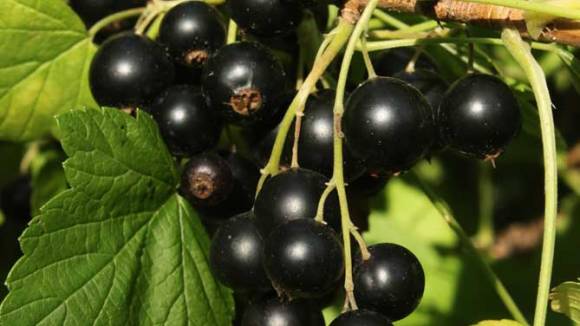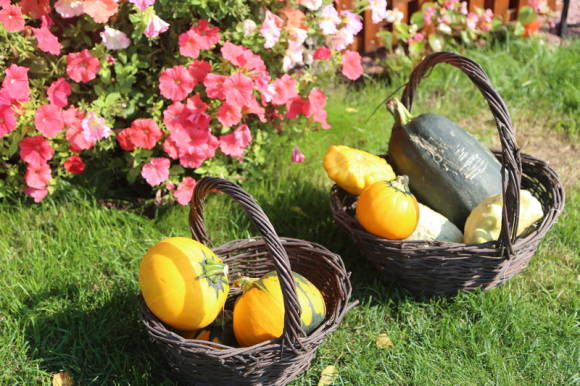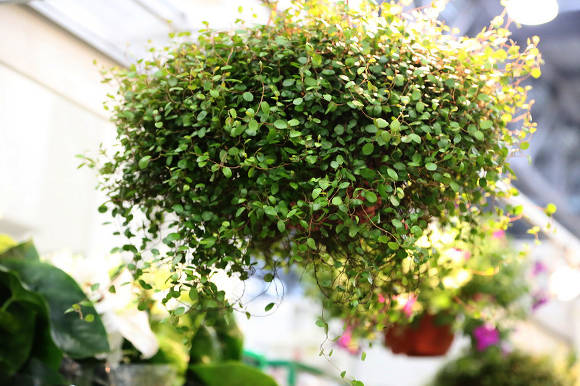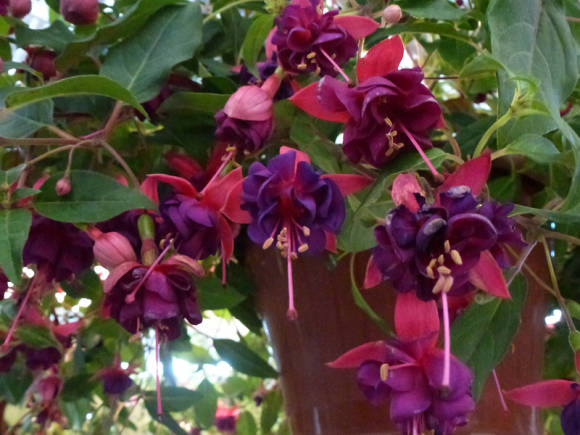 In Western phytotherapeutic literature such a name as "Italian chamomile" or "Roman chamomile" is often found. Indications for use, as a rule, are also quite "chamomile". What kind of plant is this, and what does it have to do with our native chamomile?
In Western phytotherapeutic literature such a name as "Italian chamomile" or "Roman chamomile" is often found. Indications for use, as a rule, are also quite "chamomile". What kind of plant is this, and what does it have to do with our native chamomile? A very pretty plant is hidden under these names - noble navel(Anthemisnobilis). In France, England, Belgium, when appointing "chamomile", they often mean it. In France, it is called "chamomille", and the pharmacy chamomile "matricaire".

This plant was used in Ancient Egypt and the countries of the Hellenistic East. Pupavka was also respected by the Germanic tribes - the ancient Saxons considered it a sacred herb. True, there is no unity in literature about its use in ancient Rome. Some authors note that the navel was not used in ancient Rome. Others cite that Galen recommended it for migraines and neuralgia. Probably, the truth will remain under the dust of centuries. Nevertheless, in the 16th century, interest in it in Europe grew noticeably and is still preserved.
Pupavka noble is a perennial herb from 25 to 50 cm tall. The stem is round, pubescent. Leaves are pinnately dissected twice or thrice. Baskets are single, 2.0-2.5 cm in diameter. The wrapper is multi-row, the bottom is semicircular, and the reed flowers are silvery-white. In culture, it is mainly the terry form that is grown. Therefore, plants are propagated vegetatively - green cuttings. With seed propagation, terry forms gradually turn into non-double ones.
In Russia, it can only be grown in the southern regions. In the suburbs, she does not winter.
Medicinal properties - like chamomile
The raw material is flowers, which are harvested when the bottom is still flat and the reed flowers have not yet fully developed. At this time, the content of essential oil is at its maximum. And the content of essential oil, according to the requirements of, for example, the German Pharmacopoeia, must be at least 0.7%. The composition of the oil is very complex and very different from that of chamomile. To date, 102 of its components have been identified, the main of which are angelic acid esters (36% isobutyangelate and 18% isoamylangelate). Caryophyllene, bisabolic, bisabolol, and cadinene, which are widespread in other oils, are also contained in very small amounts. The characteristic feature of this essential oil is its ability to solidify at 0 ° C, when most other oils remain liquid.
In addition to essential oil, the plant contains sesquiterpene lactones, polyins, triterpenes, coumarins, flavonoids (cosmozide, antemozide). Interestingly, luteolin derivatives predominate in reed flowers, and apigenin in yellow flowers.
Despite a completely different chemical composition, the medical use of this species is close to that of chamomile. The plant has antimicrobial and moderate fungistatic effect. In addition, in experiments, an anti-edematous and even cytostatic effect was established (in vitro the development of human carcinoma was suppressed).

In experiments, essential oil from fresh inflorescences was active against gram-positive (including Staphylococcus aureus) and ineffective against gram-negative bacteria, and also suppressed the growth of dermatophytes. But alcohol tincture, which contained not only essential oil, but also other active ingredients, successfully coped with E. coli and protozoal infection. The diuretic effect was not so unambiguous. When using small doses, urine excretion decreased, and large umbilicals acted as a diuretic. Alcohol tincture showed another interesting property, namely: it reduced the aggressiveness of animals in the experiment. However, there was no calming effect. But this is all science, and in folk medicine of many countries, umbilical is used for diseases of the gastrointestinal tract with belching, flatulence, to stimulate appetite and improve digestion, and also as an anthelmintic. In addition, her drugs are used for cycle disorders in women. It has a beneficial effect on PMS, eliminating nervousness, hysteria, tearfulness. Outwardly, the infusion is used for rinsing with inflammatory diseases of the oral mucosa. For diseases of the gastrointestinal tract, take 1.5 g of raw materials per cup of water. This is about 7-8 dry baskets. The infusion is drunk after meals in 3 divided doses. When preparing an infusion for external use, take 3 g of raw materials per glass of water. French herbalists suggest infusing it with red wine. To do this, 30-60 g of dry flowers are poured with 1 liter of wine and insisted for several days in the dark, shaking occasionally. After that, filter and take a liqueur glass 3 times a day before meals. To prepare oil for rheumatism and lumbodynia, take 100 flowers per 1 liter of oil, preferably olive oil, and insist on a water bath for 2 hours. After that, it is insisted until it cools, filtered and used for rubbing. Store the resulting oil in the refrigerator. As an anthelmintic, the navel is brewed at the rate of 5 g of raw materials per 1 glass of water and drunk warm 3 times a day for 5 days. In some cases, the plant and its preparations can cause contact allergies, and in very rare cases, infusions containing pollen - even anaphylactic shock. Just like our native chamomile, the navel is used to lighten hair. To do this, pour 3 tablespoons of raw materials with 1 liter of water and boil for 1 hour. The strained broth is used to moisten the hair for 15-20 minutes. And finally, pupavka is added to liqueurs and vermouths.









